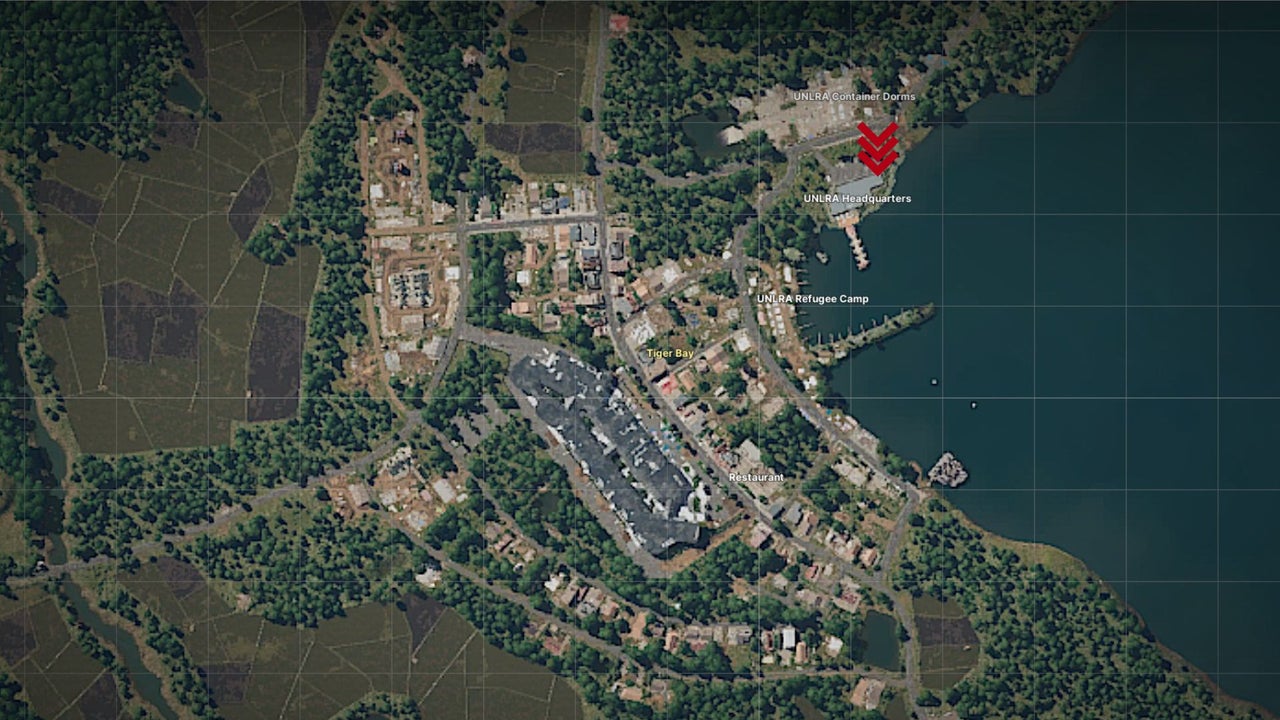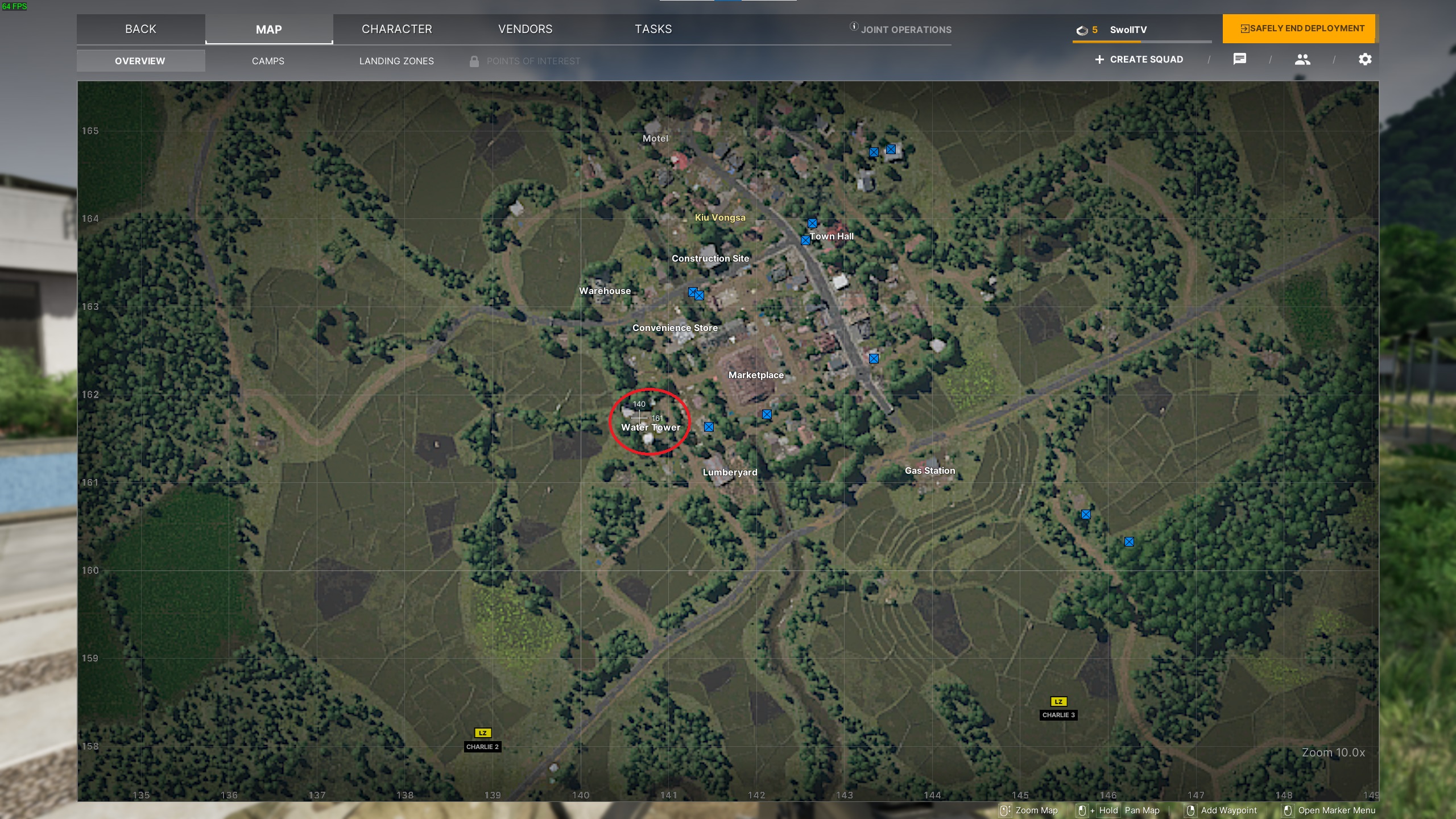Alright, let me talk about something that’s been bouncing around in my head. This whole idea of the “gray zone,” you know? The stuff that never quite gets pinned down. I bumped into this head-on not too long ago, and it really got me thinking.

Trying to Define the Undefined
So, we had this project dropped on our laps. The goal was simple, or sounded simple: “Make the user experience smoother.” Okay, fair enough. Sounds good. But then you start asking, “Smoother how? Smoother for who? What are we actually measuring here?” And that’s where things got… well, gray.
I started by trying to get specifics. Went to the project lead. Asked for clear metrics, examples, anything concrete. What I got back was a lot of hand-waving. “You know, just… less friction. Make it intuitive.” Intuitive for who? The power user? The newbie? Crickets.
Okay, plan B. I decided to just dive in myself. I started mapping out the current user flow, step by step. Click here, go there, wait for this, fill out that. I put myself in the shoes of a new user. Got pretty confusing in places, honestly. Lots of steps that felt redundant or clunky.
So, I documented all these friction points. Listed them out. Then I tried to prioritize. Which ones were the biggest pain? Which ones seemed easiest to fix? I mocked up some alternative flows, simplifying things, cutting out steps.
- First, I tackled the signup process. It was way too long. Cut down the number of fields required upfront.
- Then, I looked at the main dashboard. Too cluttered. Tried rearranging things, hiding less-used options behind a menu.
- Found a couple of processes that needed like, five clicks to complete. Sketched out ways to do it in two or three.
Felt like I was making progress, right? Bringing some clarity to the fuzziness.

Hitting the Wall
Then I took these ideas back to the team and the lead. Showed them the maps, the mockups. Explained the reasoning. And here’s where the gray zone really fought back. Some folks liked one idea, others hated it. One person said simplifying the dashboard would confuse existing users. Another said the shorter signup wasn’t secure enough. The project lead just nodded along, saying “interesting points,” but didn’t actually make a decision or give clear direction.
We spent weeks in meetings, going back and forth. Discussing opinions, debating hypotheticals. But nobody wanted to commit. Nobody wanted to say, “Yes, this is the definition of smoother we’re aiming for, and these are the changes we’ll make.” Every potential solution brought up new objections, new edge cases, new reasons to just… not do anything decisive.
It was like wading through mud. You try to move forward, but you just get bogged down. The initial goal, “Make the user experience smoother,” never got translated into concrete, actionable steps everyone agreed on.
So, What Remained?
In the end? Not much changed. We made a few tiny tweaks, things nobody would really object to. A button color change here, slightly different wording there. But the major friction points? The core clunkiness I’d mapped out? Still there. The project just sort of… petered out. We moved on to the next “urgent” thing.
And that clarity I was searching for? Never found it. The definition of “smoother” stayed elusive, subjective. It remained firmly in the gray zone. What remains is the ambiguity. The potential for improvement is still there, but so is the lack of agreement on what “improvement” actually looks like or how to get there. It’s just… unresolved. And sometimes, I think, that’s just how it is. The gray zone persists because nailing it down is harder than just letting it be.















